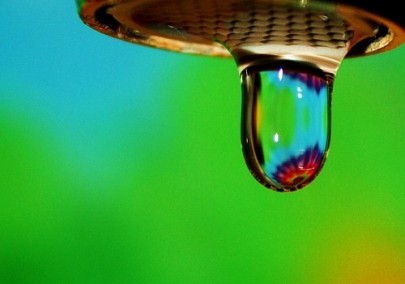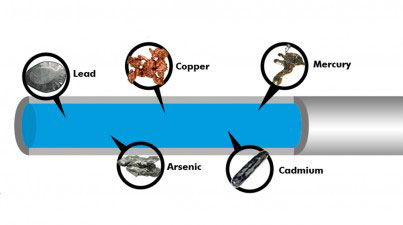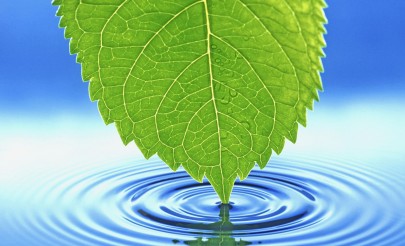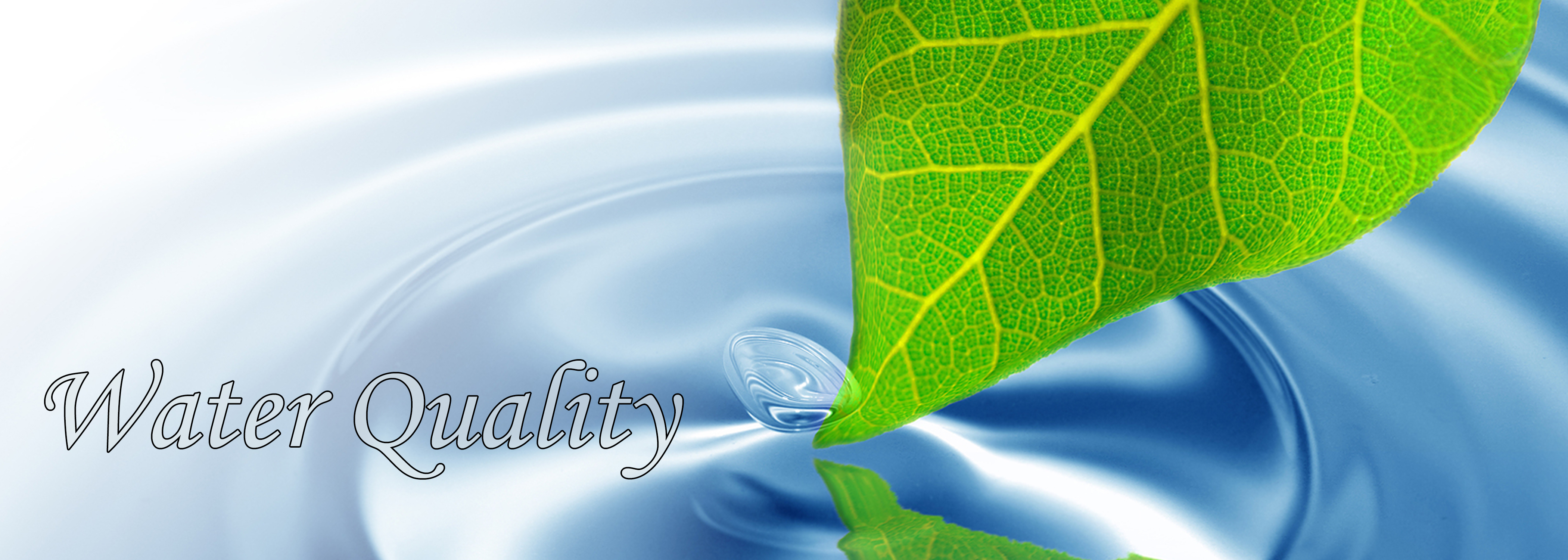Drinking Water Quality

There are many choices out there when it comes to the water you drink. There’s tap water, bottled water, mineral water or filters that are installed on pitchers or inside refrigerators. Then there is the whole “enhanced water” category. As a result of this variety, consumers often find themselves struggling to sort through the various claims made by different water companies. As you will see, though, the answer is quite simple.
As can be seen in Tap Water Quality , tap water is contaminated across the globe. Things like endocrine disruptors, pharmaceutical drugs, rocket fuel, chromium, the list goes on and on. Think about it. Water is the universal solvent, and can dissolve just about everything given enough time.
Upon reaching the understanding that tap water is truly unsafe to drink, many jump to the conclusion that bottled water must be the solution. This may have been a viable option if bottled water contained true purified water, but it does not. Tests have shown that the majority of bottled water companies provide water extremely similar, if not equivalent in quality to tap water. Even in the case that they are cleaner than tap water, they almost never reach a point where they can be considered absolutely safe. Continuously purchasing bottled water can also be quite expensive (more information regarding costs here).
Haven’t you wondered why bottled water companies never talk about purity? The reason is that any discussion regarding the quality of their water will bring to light the fact that they are not as pure as they should be.
Many people purchase bottled water simply because they don’t know how to choose which water to drink. Here’s a way to think about it: your body is an extremely complex purification system on its own. The difference is, every bit of purification that the body does takes a toll on your overall well-being. One may drink tap water for decades and suddenly become severely ill for an unknown reason, while the reason may very well have been the body’s inability to cope with any more contaminants. It’s quite simple: the purer the water you drink, the less filtering you need to do, and the healthier you’ll be.
Water purification systems take out all of the impurities typically found in spring water and tap water, so you know exactly what you’re getting – pure and fresh H2O every time. Why risk your health and the health of your family? Choose purified water and don’t risk anything.
Explore this page to learn more about what makes AQUAVITA™ unique, and to obtain factual information regarding minerals in drinking water, and the difference between distilled and purified water, and point-of-use and point-of-entry systems.
Click here for AQUAVITA™’s methods of water purification.
Should there be Minerals in Drinking Water?

To begin, what are minerals? They are the naturally occurring substances , like rocks, that exist both on the surface of the earth and within the deeper layers. These are different from organic substances, like plants. Now, some of the common minerals – like calcium, magnesium, and potassium – we consider as “good”, while others – like lead, arsenic, or aluminum – we consider “bad” (at least in terms of our health). So, we start with the preliminary concept that all minerals are not necessarily good for the human body.
The answer to the question of whether or not these inorganic materials are useful for the human diet is subject to extensive debate. Calcium can be obtained from mined rocks, or it can be obtained from dairy products, fruits and vegetables. That’s calcium from an organic source. The body’s ability to absorb nutrients and minerals from organic sources is much higher than its ability to do so from inorganic sources.
Now let’s go back to the issue of minerals in our drinking water. How necessary are they? Based on what was mentioned above, it is easy to conclude that the minerals in water aren’t very useful, given that the body can easily, and more efficiently obtain them through organic sources. Another issue to consider, though, is the amount of minerals in water, and how much of our needs it actually meets. For instance, let’s consider a sample of spring water from the alps – it contains roughly 35 milligrams per liter of calcium in it. The minimum recommended amount of daily calcium intake for an average person, on the other hand, is 1,000 milligrams. Even in the extremely unlikely case that your body processes this water 100% effectively, it would take 28 liters of water to get your minimum daily amount of calcium. You could easily get this daily value organically from like milk, even if your drinking water contained no calcium at all. This holds true for almost all other minerals and nutrients as well.
That is only half of the answer, we know that not all minerals in water are good for you. In fact, the majority of minerals found in tap water have shown to be harmful. Since there is no way to remove harmful contaminants while keeping the nutritious ones intact, we must purify them altogether. By doing this though, nothing is being lost, given that the harmful contaminants greatly outnumber the beneficial ones, and that the beneficial ones can be obtained easily and effectively from various organic sources.
Distilled vs. Purified
An important distinction to be made when dealing with the issue of water purification is the one between distilled water and purified water. Technically, distillation is a form of water purification as well; but, in reality, purified water has become known as the result of water going through a specific set of filters (such as reverse osmosis – learn more here).
Distillation, as you may know, is the process of evaporation water, in an attempt to separate all contaminants from the water. The evaporated water is then condensed back to liquid form, and is considered pure. While this does seem like a good idea, many newer contaminants have shown to have lower boiling points than water, meaning that they will carry on through the process with water.
The output quality of conventional water purification, though, is not dependent on the quality of the input water. For instance, when a reverse osmosis water purification system is given both well water from Peru and tap water from New York City, the output will always be the same.
Thus, it is important to realize that while distillation and purification serve the same purpose, purification (through water purification systems) will provide the safer, and more efficient option.
Point-of-Use vs. Point-of-Entry
Two important definitions in the world of water purification is those of ‘Point-of-use’ and ‘Point-of-entry’. Essentially, these are two different ways to use water purification systems. Point-of-entry systems are installed at the entry valve of a building’s water source, thus allowing purified water to be accessed at any part of the building. The alternative, point-of-use, though, is to install the water purification system right where the water is going to be consumed. Here at AQUAVITA™, we believe that point-of-use systems are the best, most economical option. The most important reasons is that because point-of-entry systems occur before the building’s interior plumbing, they cannot remove any contaminants that enter the water as a result of old and worn out piping. Moreover, given the high volume of water consumption in an entire building, it would be incredibly expensive to purify any and all water in a building. There is no reason to purify shower water, while risking water quality and spending a great deal more money. Point-of-use systems are affordable, foolproof, and easy to install.



